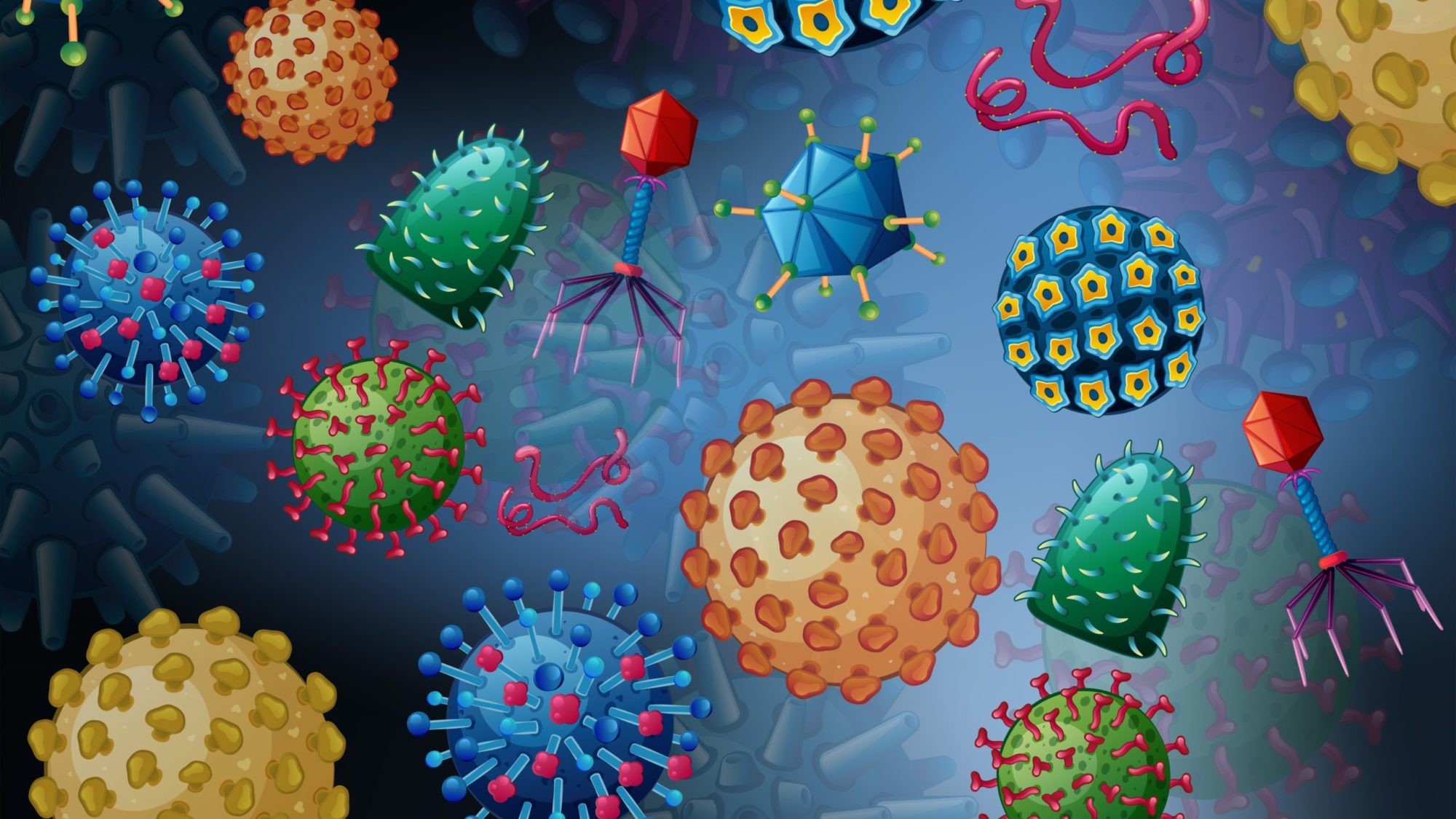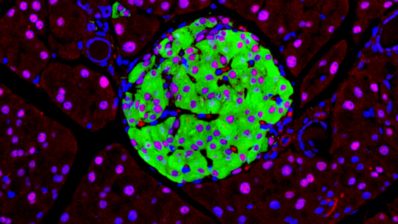A team of researchers from the Centre for Genomic Regulation (CRG) have analysed the sequences of all known human-infecting viruses – that’s 502, including Sars-Cov-2 – to better understand why each virus is more prone to infect a different tissue.
Comparing the way each of the viruses used the DNA code (their ‘codon usage’) to the tRNA abundances in 23 human tissues –tRNAs being the molecules that ‘read’ the codons – they found a correspondence between each virus and the tissues it mostly infects.
For example, SARS-CoV-2 was found to be specifically adapted to the upper respiratory tract, as well as the gastrointestinal tract and the brain – which coincides with known COVID-19 symptoms such as pneumonia, diarrhoea or loss of smell and taste.
These results are relevant to the development of gene therapies, which use viruses to treat genetic diseases. “If we want to correct a mutation in one tissue, we should modify the virus to be optimal for that particular tissue”, says Xavier Hernandez-Alias, first author of the study and a PhD student in Luis Serrano’s lab.
You can read more about this study on the CRG website.






